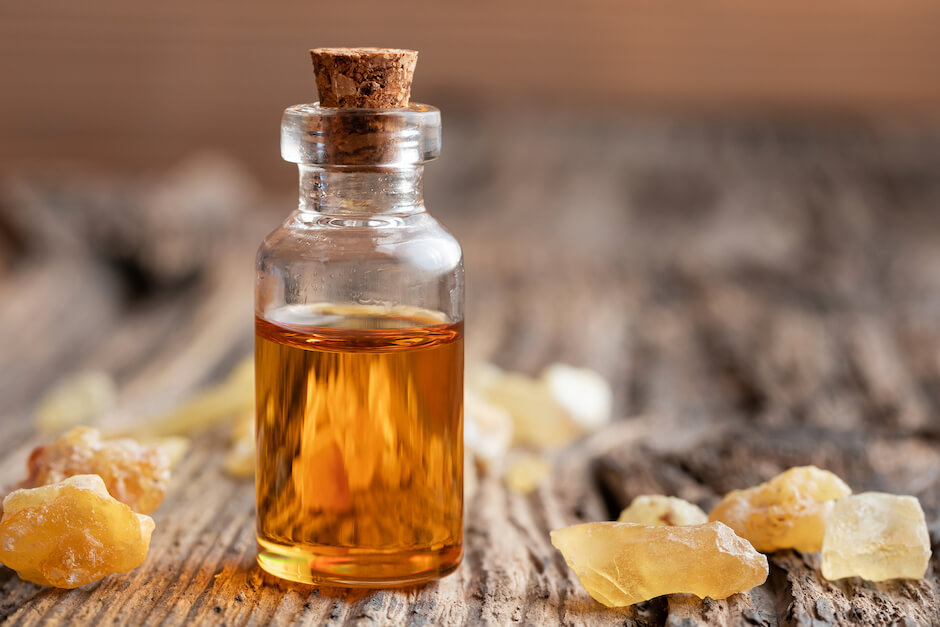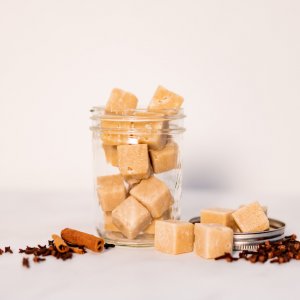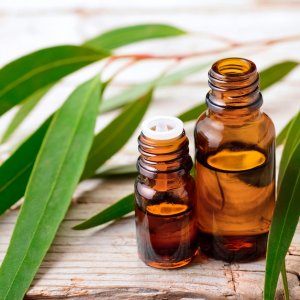One of the most famous essential oils, frankincense is an aromatic resin from the Burseraceae family. Frankincense has a long history of trade across the Arabian Peninsula for use in religious ceremony as well as topical and aromatic uses. Not only that, but it is a common ingredient in hundreds of essential oil blends as well as personal care products. A look at the constituents in the different frankincense varieties will help you select the proper species.
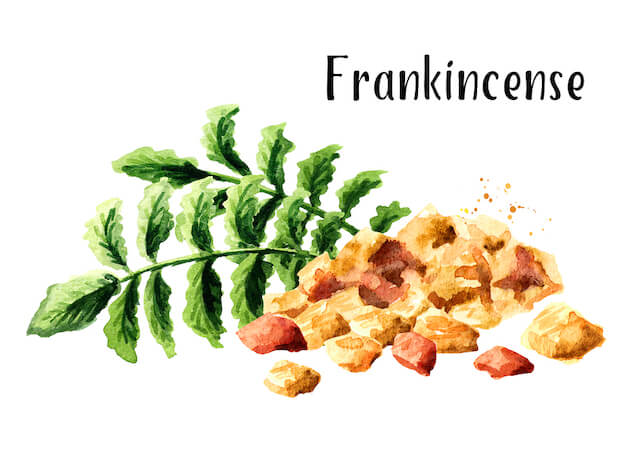
Aroma
In general, almost all Boswellia essential oils have a resinous aroma. It has a scent strength of three, and functions as a base note in perfumes. Because of the gentle aroma and therapeutic benefits, the essential oils are common in perfumery, aromatherapy, and skin care.
Constituents in Frankincense Resin
Incensole acetate
Frankincense resin contains a small amount of incensole acetate, which is a diterpene alcohol that activates the TRPV3 mRNA. This creates a soothing, warming sensation on the skin and helps elevate and relax the mood. Perhaps this is why people have burned frankincense resin in spiritual and cultural practices for centuries. Incensole acetate does not survive the distillation process. Therefore, it is not found in frankincense essential oil.
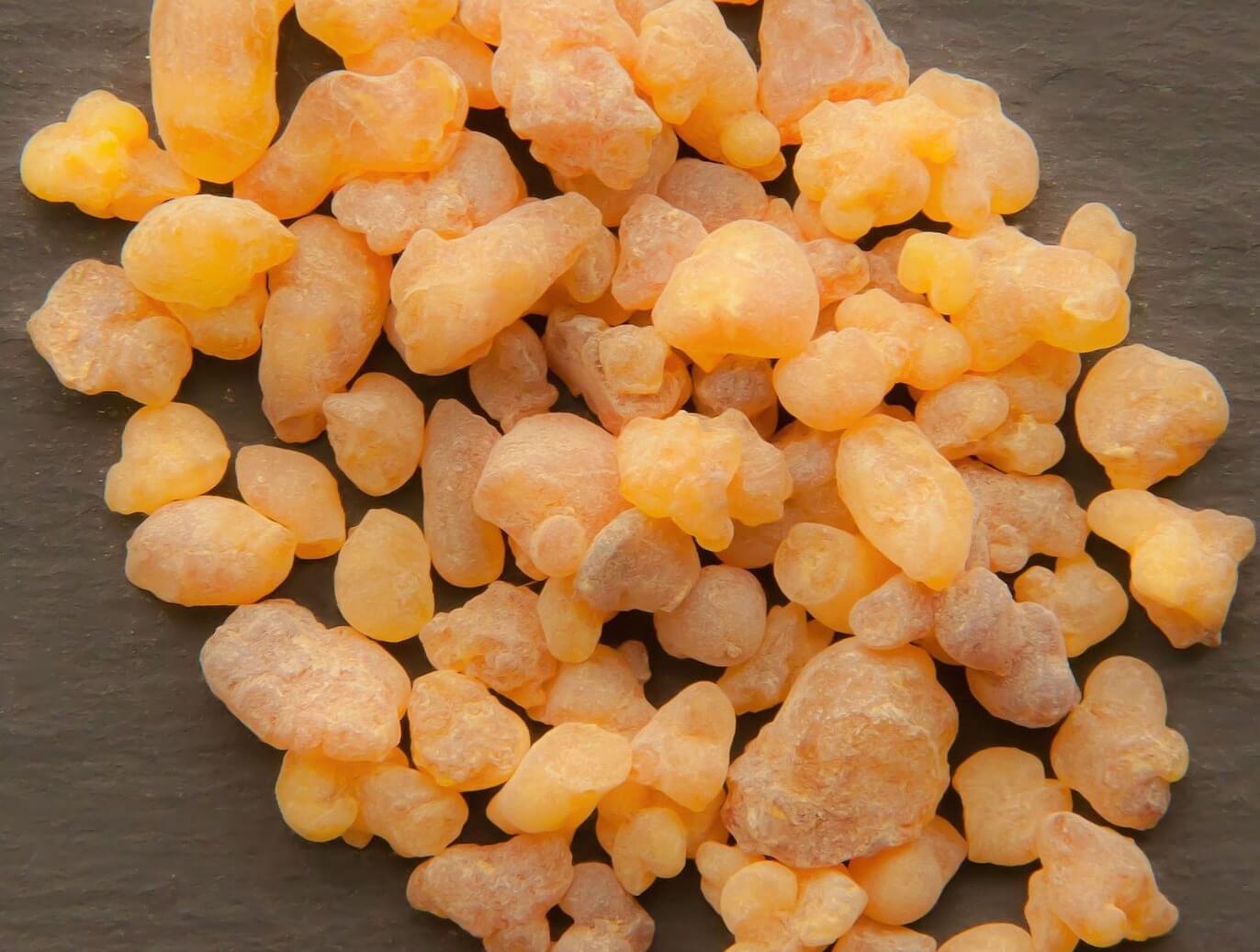
Triterpenoid boswellic acids
Boswellic acids are also present in resins. Because the acid is water soluble, it is not found within essential oils, though it may be found in some extracts. α-boswellic acid, β-boswellic acid, and 11-keto-β-boswellic acid have general protective effects throughout the body.
Constituents in Frankincense Essential Oil Varieties
There are seven species of frankincense, each with a unique chemical composition.
| Latin Name | Chemical Composition |
| Boswellia carterii | α-Pinene 28-49%, α-Thujene 10-22%, Limonene |
| Boswellia frereana | α-Pinene 42-80%, Sabinene 0.5-21% |
| Boswellia neglecta | α-Thujene 19%, α-Pinene 17%, Terpinen-4-ol 13% |
| Boswellia papyrifera | Octyl acetate 50-60%, 1-Octanol 3.5-12.7% |
| Boswellia rivae | Limonene 28%, ?-Carene 16%, α-Pinene 13% |
| Boswellia sacra | α-Pinene 10-51%, α-Phellandrene 0-42% |
| Boswellia serrata | α-Thujene 26-47%, α-Pinene 0-11% |

α-Pinene: Excellent on skin, especially outdoors; focuses and concentrates the mind; antioxidant; opens airways.
α-Phellandrene: May reduce inflammation
α-Thujene: Excellent on skin; may reduce inflammation; soothes digestion.
?-Carene: Excellent on skin
Limonene: Energizing; soothes digestive system; calms the mind
1-Octanol: Used in many perfumes
Octyl acetate: Used in many perfumes
Sabinene: Gentle on wounded skin; antioxidant; may reduce inflammation.
Terpinen-4-ol: Excellent on skin and may reduce topical inflammation.
Now to Choose
As you can see, the chemical makeup of each frankincense species lends a distinct set of properties and uses to the essential oils. The most common species found as essential oils are B. carterii, B. sacra, and B. frereana. The growth of each species tends to be region specific, with B. carterii growing in Somalia and Yemen and B. frereana growing in Somalia, while B. sacra is only grown in Oman.
If you are looking for the most inexpensive option, B. carterii is the one to choose. This essential oil can be used for various purposes and may even help to accentuate the potency of other essential oils. B. sacra is a slightly more powerful anti-inflammatory. Finally, many people love the brighter, lemony aroma of B. frereana and use it for its emotionally supportive properties.
Looking for a DIY with frankincense essential oil?
Come check out this Liquid Courage Roll-On or my favorite Skin Nourishing Ointment!
Do you love learning the science of essential oils? Then come , your one-stop location for essential oil and natural health and wellness education!
